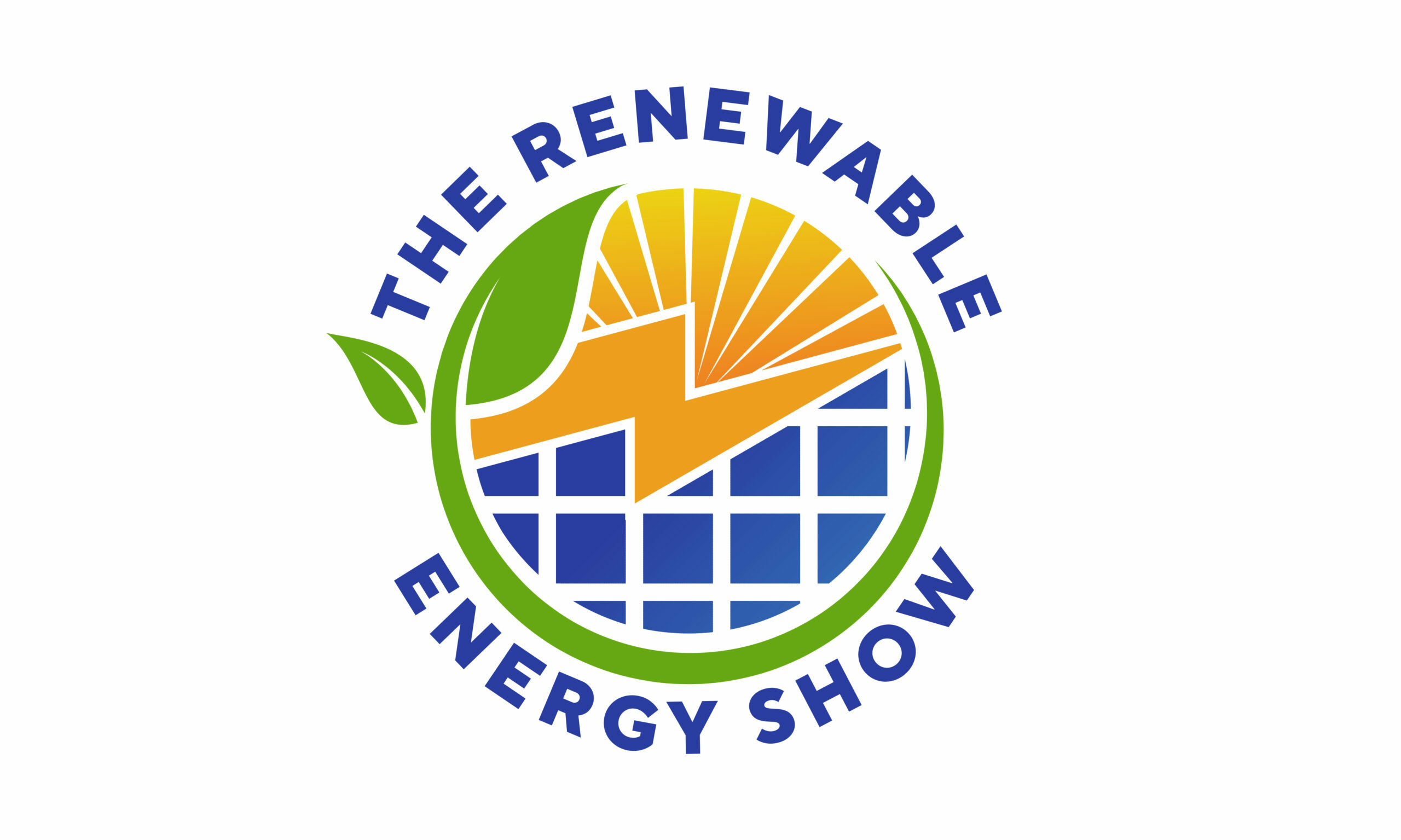If you’ve ever felt a strong breeze on your face or watched a sailboat glide effortlessly across a lake, you’ve directly experienced the power of wind. Yet, when it comes to energy, wind often flies under the radar compared to solar or fossil fuels. But diving into the world of wind energy reveals a fascinating, vibrant, and increasingly vital part of our clean energy future.
So, what exactly is wind energy? At its core, wind energy is the process of capturing the natural movement of air and converting it into electricity. Those giant turbines you see on hillsides or offshore aren’t just scenic landmarks—they are sophisticated machines turning nature’s invisible force into something we can power our homes with. It’s a bit like nature’s own generator, spinning silently and steadily.
One of the things I find most impressive about wind energy is how renewable it is. Unlike coal or oil, wind doesn’t run out. It’s one of those gifts from the planet that, if we know how to utilize properly, can keep giving forever. This not only means we reduce our reliance on finite resources but also cut down on the pollution that harms our environment.
Now, wind energy does come with challenges. For instance, the turbines can impact local ecosystems and wildlife if not thoughtfully placed. And yes, it’s not always windy, which can affect how consistently electricity is generated. But with advances in technology and better grid management, these hurdles are being creatively addressed.
Perhaps what’s most exciting is how quickly wind energy has grown. Globally, more and more countries are investing in wind farms, both on land and at sea. Offshore wind farms, in particular, are booming because they capture stronger and more consistent winds away from populated areas, reducing noise and visual concerns.
For individuals, wind energy might seem distant, but it touches daily life in many ways. Communities near wind projects often see economic benefits through job creation and local investments. Plus, as more wind-generated electricity enters the grid, your household can indirectly benefit from cleaner, greener power—even if you don’t have turbines in your backyard.
At the end of the day, embracing wind energy feels like a step forward—towards cleaner air, a healthier planet, and a more sustainable way to power our lives. When the wind blows, it’s nature’s reminder that energy can be both powerful and gentle, endless and kind. Maybe it’s time we listen a little closer.
